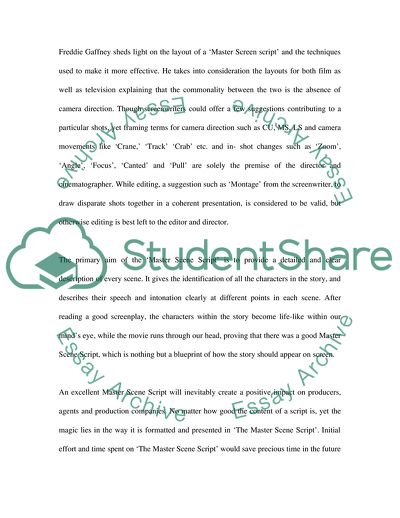Cite this document
(Narrative Paradigms and 21st Century Narratology Essay - 1, n.d.)
Narrative Paradigms and 21st Century Narratology Essay - 1. https://studentshare.org/creative-writing/1749471-narrative-paradigims-and-21st-century-narratology
Narrative Paradigms and 21st Century Narratology Essay - 1. https://studentshare.org/creative-writing/1749471-narrative-paradigims-and-21st-century-narratology
(Narrative Paradigms and 21st Century Narratology Essay - 1)
Narrative Paradigms and 21st Century Narratology Essay - 1. https://studentshare.org/creative-writing/1749471-narrative-paradigims-and-21st-century-narratology.
Narrative Paradigms and 21st Century Narratology Essay - 1. https://studentshare.org/creative-writing/1749471-narrative-paradigims-and-21st-century-narratology.
“Narrative Paradigms and 21st Century Narratology Essay - 1”. https://studentshare.org/creative-writing/1749471-narrative-paradigims-and-21st-century-narratology.


